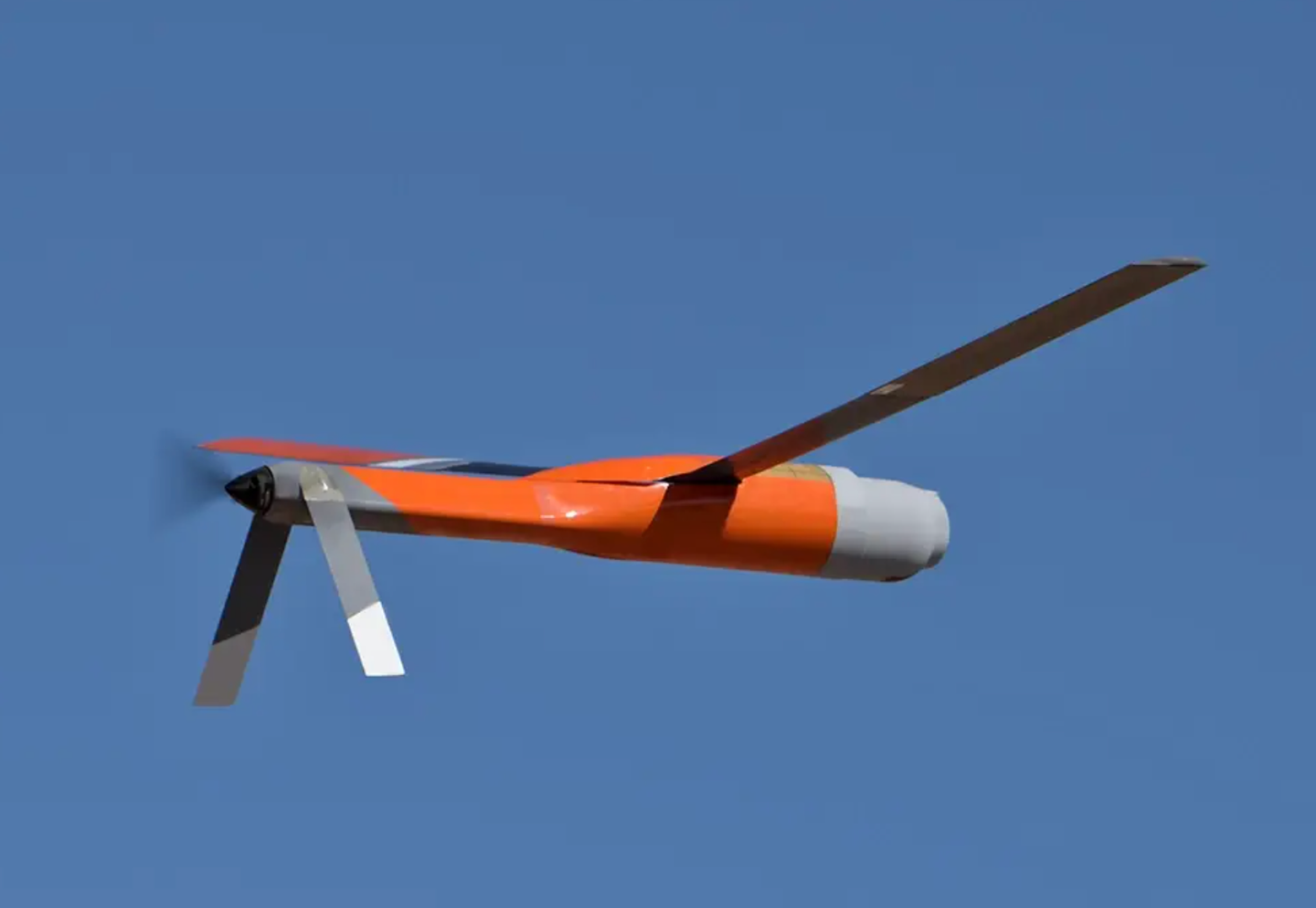On June 21, 2024, Japanese shipbuilder Mitsubishi Heavy Industries Maritime Systems Co., Ltd. held a delivery and flag-raising ceremony for the ‘Agano’ (あがの), officially commissioning it into the Japan Maritime Self-Defense Force (JMSDF). The 'Agano' is the sixth vessel in the Mogami-class series of next-generation frigates, designated with the pennant number FFM-6. It will be stationed at the Maizuru Naval Base.
The frigate is named after the Agano River, a notable river in the Hokuriku region of Honshu, Japan. The ship was launched by MHI in Nagasaki in December 2022.
The Mogami-class frigates, also known as 30FFM and previously 30DX, represent the next generation of multi-mission vessels for the JMSDF. The JMSDF initially planned to procure 22 of these frigates but has revised this number to 12 by the end of fiscal year 2023. From 2024 to 2028, a new class of 12 improved Mogami-class frigates will be built, featuring longer-range missiles, enhanced anti-submarine capabilities, and improved maritime operational functionalities.
Key specifications of the FFM include a full load displacement of approximately 5,500 tons, a length of 132.5 meters, and a beam of 16.3 meters, with a maximum speed exceeding 30 knots. The frigates are designed to be highly automated, requiring a crew of about 90 sailors.
The FFM is equipped with advanced weaponry and systems, including:
- BAE Systems Mk.45 mod.4 5-inch naval gun system
- Japan Steel Works 12.7mm Remote Weapon System (×2)
- Mk.41 Vertical Launch System (VLS)
- Raytheon SeaRAM
- MHI Type 17 anti-ship missiles (×8)
- Mitsubishi Electric OPY-2 multifunction Radar
- Mitsubishi Electric OAX-3EO/IR sensors
- Hitachi OQQ-11 anti-mine sonar
- NEC OQQ-25 anti-submarine sonar (VDS/TASS)
- Unmanned Underwater Vehicles (UUVs) and Unmanned Surface Vehicles (USVs) for mine countermeasures
- Offensive sea mines
The introduction of the new-class FFM aims to bolster the JMSDF's capabilities, with the enhanced frigates featuring improved anti-aircraft and search functions, potentially elevating them to the status of missile frigates (FFG).
Additionally, the Royal Australian Navy has shortlisted the Mogami-class as one of four contenders for its next frigate, alongside Germany’s Meko A-200, South Korea’s Daegu class FFX Batch II and III, and Spain’s Navantia ALFA3000. Admiral Sakai Ryo of the JMSDF welcomed this selection, emphasizing the high trust and evaluation of Japanese naval equipment.


:quality(70)/cloudfront-us-east-1.images.arcpublishing.com/archetype/JFMZOGUTYVBJBNLQNIY6PA5LVE.jpg)


